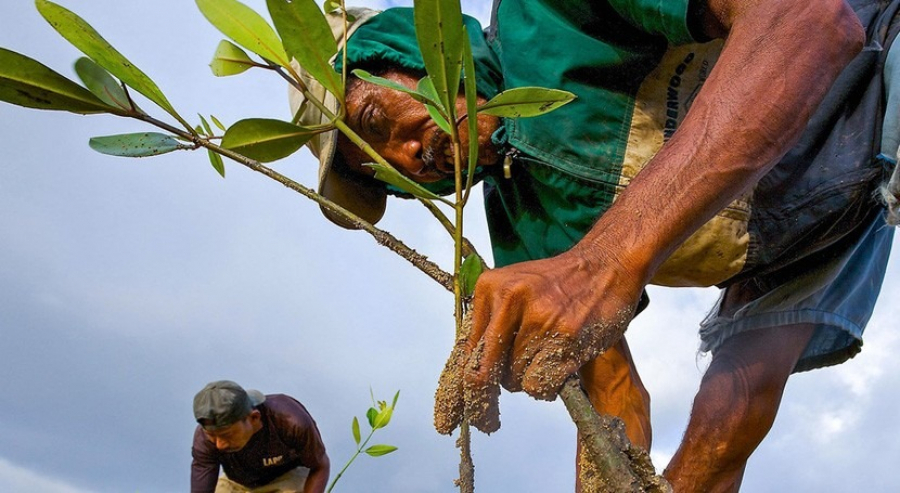According to the multilateral, these US$215 million lost per year are the average costs of the negative climatic effects that have affected the country since 2009. These are losses in infrastructure, crop production and water supply due to extreme rains or droughts.

How can these losses be avoided? It all starts with recovering and protecting the country's green forest infrastructure. That is, all types of forests and their services, because many of the negative impacts of climate events are related to the loss of forest cover.
Between 2001 and 2018, El Salvador suffered a net deforestation of 59,600 hectares (ha), at an average rate equivalent to nearly 5,000 soccer fields per year. This has resulted in 74% of major water recharge areas, 42% of landslide-prone areas, and 67% of major riverbanks having no forest cover at all.

The World Bank study "A Green Deal for El Salvador: Green Forest Infrastructure for Income and Service Generation" found that forests cover approximately 38% of the country's land area. However, that forest cover is only half of what should exist. For Salvadoran lands, up to 65% of the national territory could be covered by forests.

Current forest cover already contributes directly to the national economy with US$350 million annually in goods and services, equivalent to 1.5% of GDP. The commercial timber subsector alone directly employs some 12,000 people, about 0.5% of the national labor force and 2% of agricultural employment. Forests also provide fuelwood for approximately 23% of the rural population and 3.5% of the urban population.
 English
English  Español
Español 
